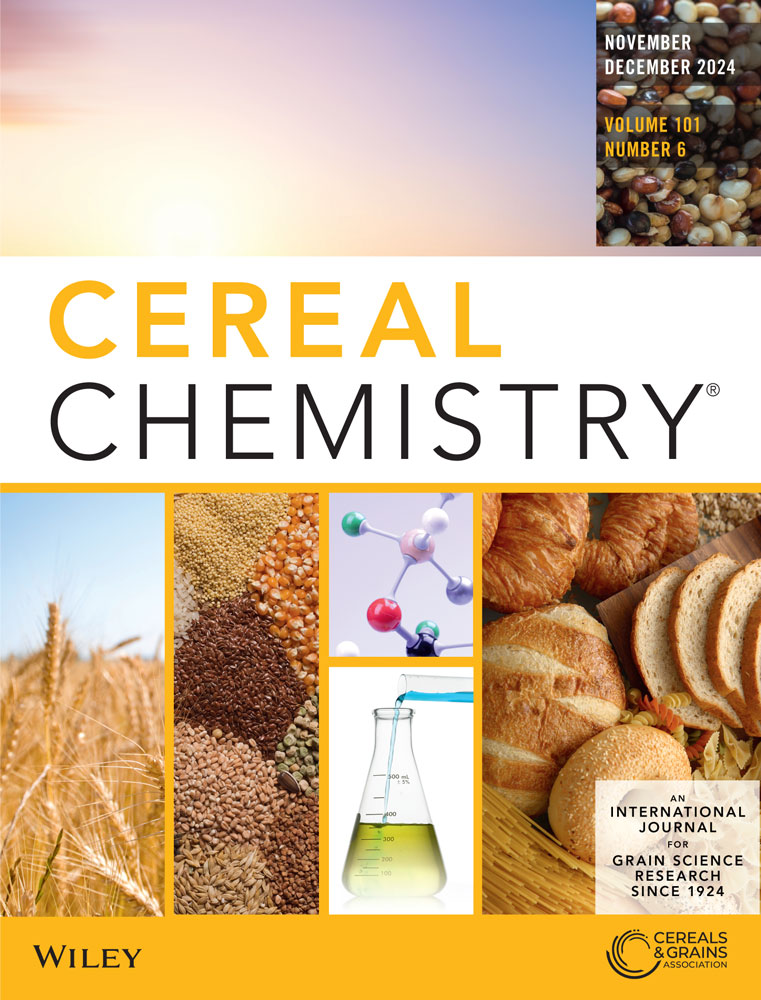Characterization of Flours Derived from Lentils, Quinoa, and Black-Eyed Beans: Investigating Key Physicochemical, Nutritional, and Techno-Functional Properties
Abstract
Background and Objectives
The high cost and limited availability of ingredients for formulating ready-to-use therapeutic food (RUTF) hinder access in areas with high malnutrition. This study aims to evaluate the physicochemical, nutritional, and techno-functional properties of green lentil, black-eyed bean, and white quinoa flours for RUTF formulation.
Findings
Green lentil flour (GLF) exhibited the highest protein and lipid content, while macrominerals (Ca, P, K, Mg, S) were higher in white quinoa (WQF) and black-eyed beans flour (BBF). GLF showed the highest tannin and lowest phytic acid content. Trypsin inhibitor activity did not differ significantly among the flours and in vitro protein digestibility was highest in WQF. In WQF, lysine was the limiting amino acid in young children, leucine in older children, and methionine + cysteine in both GLF and BBF. All flours had an iso-electric point of pH 4. WQF showed a significantly higher oil absorption, foaming, and emulsifying capacity compared to the other flours. No significant differences were observed in the thermal properties of flours, though BBF had higher enthalpy of gelatinization. Scanning electron microscopy coupled to energy dispersive X-ray spectrometry revealed distinct morphological features and mineral distribution across the three flours, while PCA facilitated the identification of relationships between the flours.
Conclusions
The end-user quality attributes of the flours supports diverse applications, with potential for further modifications to meet specific product requirements, particularly in the formulation of RUTF.
Significance and Novelty
Our findings highlight the potential of locally available alternative flour ingredients for tailored food application such as RUTF development, lower formulation costs, enhance accessibility, and benefit children with severe acute malnutrition.

 求助内容:
求助内容: 应助结果提醒方式:
应助结果提醒方式:


